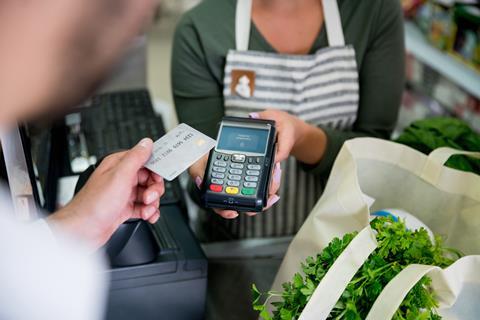
The relationship between grocers and CPGs has always been complicated. While they share similar goals and challenges, the two find themselves at opposing ends of the table. Now as inflation cools, tension is building. There is less wiggle room to raise prices in 2024, which is a cause for shareholder concern.
On the CPG side, businesses are reluctant to pull back on pricing gains and are fighting for market share through range expansion and size diversification. On the grocer side, hesitation to cut prices is very much prevalent. However, value-seeking shoppers are making this difficult, so the supermarkets are staging discounts and scaling up own brand ranges.
Pricing negotiations and the fight for shelf space will put pressure on margins, but it doesn’t have to be a win-lose situation. Seemingly asymmetrical collaborations can raise value for both parties through more sophisticated benefit-sharing models.
Pricing disparity can be compensated through improved facing or endcap terms. Logistics costs can be reduced by integrating distribution and delivering straight from manufacturing plant to store shelf. While some benefit-sharing models are dependent on the relationship between the brand and the retailer, brands can prove their product value through performance marketing.
Take instances where a brand’s SKU is at risk of being cut in favour of a private label alternative. CPG’s trade marketing budgets can be directed to local inventory campaigns that drive shoppers into a specific store. Marketers could run this as a geo-experiment to also understand the impact of online to offline, but the primary benefit is to increase demand for the SKU and in parallel increase sales for the partnering retailer.
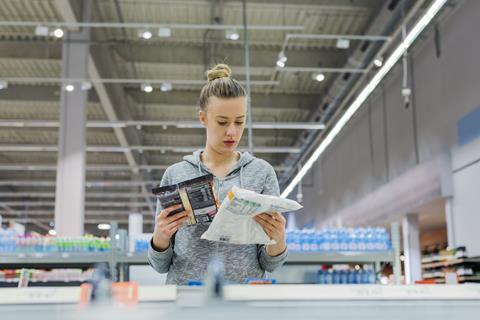
This is what Mondelez Spain did when it geo-tested local campaigns with Milka. In just six weeks, Mondelez reached more than 1.5 million supermarket shoppers in its test regions at a cost of €0.02 per shopper. Measuring performance with Nielsen’s Matched Panel Analysis, the study revealed a 2.6% increase in sales of Milka chocolate in the test regions versus control.
While Mondelez did not set out to negotiate with retailers and only to understand the impact of the ad format, the case study demonstrates how trade marketing budgets can be applied to increase demand for branded products in store. Had Mondelez directed all shoppers to a partnering retailer or if a co-funded campaign was established, there would have been a win-win opportunity for both parties.
The challenge we see when implementing these lower funnel strategies is that often marketers want to retain their budgets for brand activity, while trade budgets are directed and activated outside the CPG’s control. There is often a lack of clarity around how efficiently these trade budgets have been applied, and the look and feel of the message can also deviate from branding guidelines.
Knowledge sharing between marketing and trade teams around the capabilities and results from the latest performance products should be the first point of call for brands looking to increase demand for a particular SKU. Despite being separate divisions with separate budgets, decision-makers need to work together towards pressing sales challenges.
More and more, we’re seeing brands explore the idea of retaining and activating a portion of trade marketing budgets within the organisation. This allows for proactive defence against private label shifts and targeted messaging in line with branding guidelines.
With more control over lower funnel activity, brands can effectively drive ROI on at-risk product ranges. Where a partnering retailer has been chosen, local campaigns driving to specific stores is a common ground and area of collaboration that supports the growth of both players.



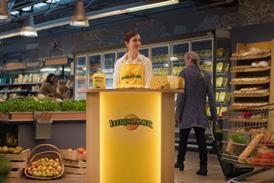




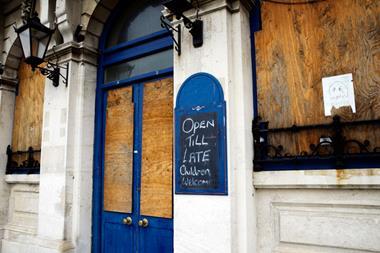
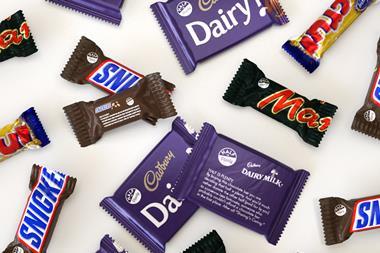
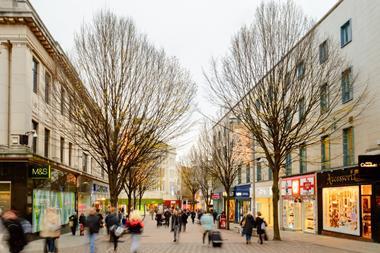
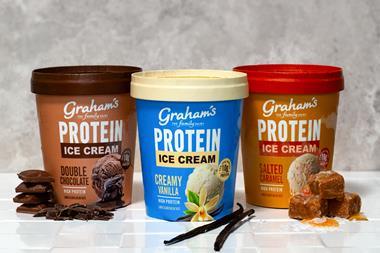
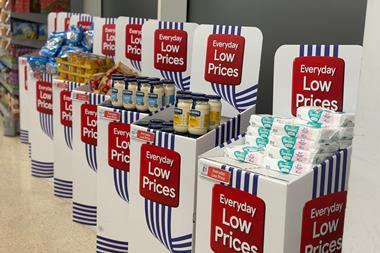






No comments yet